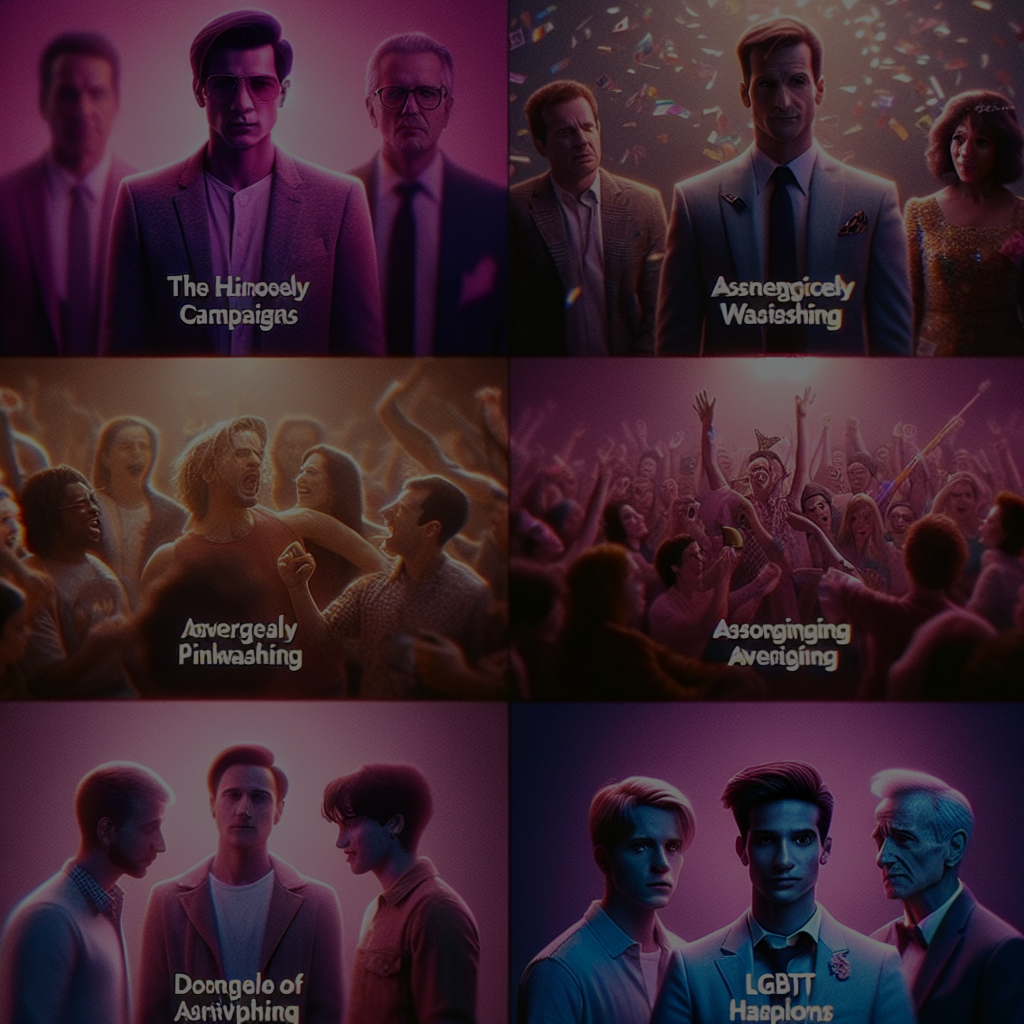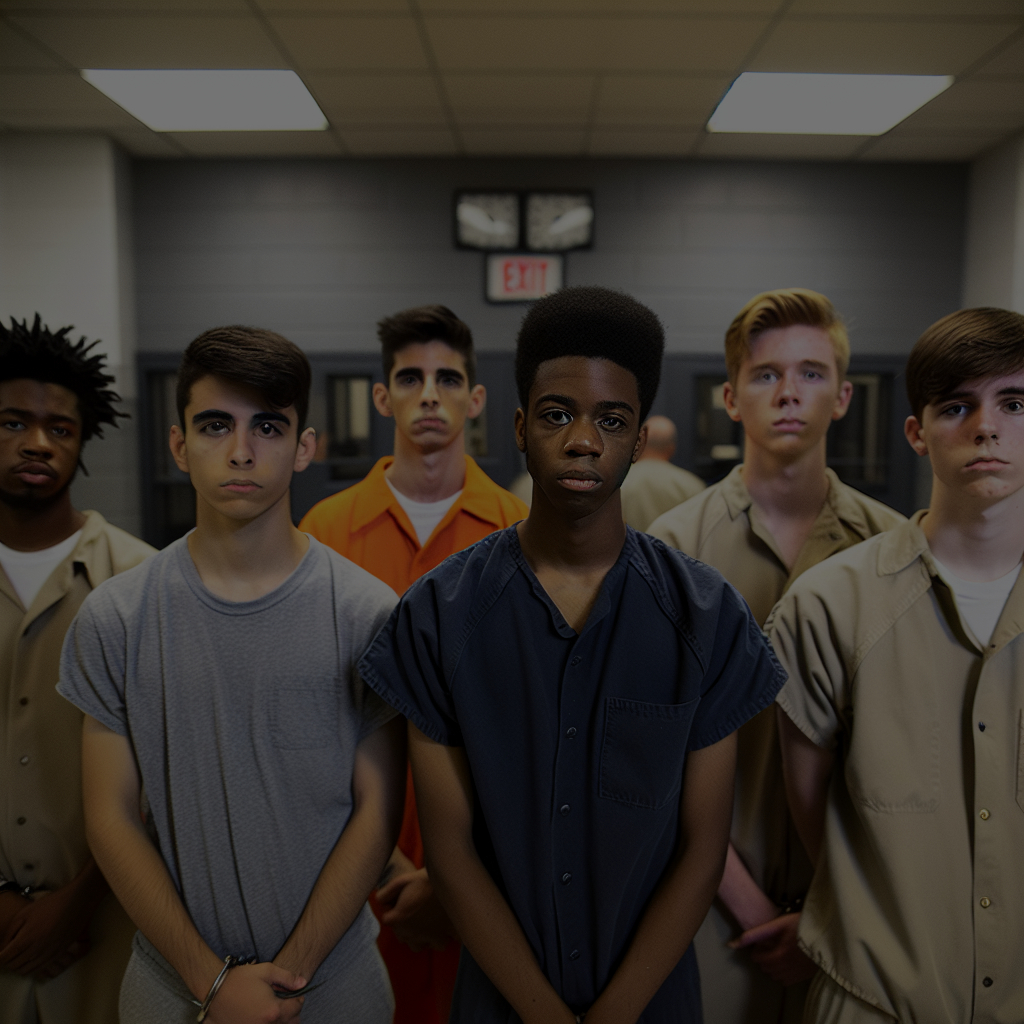Criticism of Pinkwashing Campaigns
Every June, during Pride Month, countless companies and institutions adopt rainbow-themed branding. From revamped logos and limited-edition “Pride” collections to inclusive advertising campaigns, their outward message promotes diversity and support for the LGBTQIA+ community. Yet beneath the colorful surface lies a concerning pattern that continues to draw criticism: pinkwashing.
Pinkwashing refers to marketing strategies in which brands present themselves as champions of LGBTQIA+ rights without any real commitment to the cause. In some cases, these same companies fund or support discriminatory policies—even as they profit from Pride-related visibility.
In this article, we take a closer look at the five most criticized pinkwashing campaigns of recent years—examples that reveal a sharp disconnect between public messaging and corporate practice behind the scenes.
1. H&M – Pride Collections That Lack Ethics
Bright Branding, Hollow Commitments
In 2018, H&M launched its “Love for All” collection during Pride Month, publicly declaring its support for the LGBTQIA+ community. The line featured rainbow-themed apparel with inclusive slogans highly visible throughout June.
However, the initiative quickly faced backlash as a notable example of pinkwashing. Advocacy groups pointed out that H&M manufactures many of its clothes in countries like Bangladesh—where homosexuality is still criminalized.
Main Criticisms
- Lack of meaningful donations to grassroots LGBTQIA+ organizations.
- Production lines in nations with anti-LGBTQIA+ laws and no protections for workers from the community.
- Exploitation of LGBTQIA+ rights for purely commercial gain.
Impact on Brand Image
H&M was widely accused of using Pride as a marketing stunt without true structural commitment, leading consumers and advocates to question the integrity of its messaging.
2. Disney – “Support” as a Moving Target
Magic Collides with Politics
Disney has often positioned itself as an ally to the LGBTQIA+ community, spotlighting diverse characters and hosting special events in its theme parks. However, the company fell under heavy scrutiny in 2022 amid controversy surrounding Florida’s “Don’t Say Gay” bill.
Why It Was Seen as Pinkwashing
- Disney financially supported politicians who backed the anti-LGBTQ+ bill.
- The company’s response came only after intense internal and public pressure.
- Its stance appeared reactive and insincere rather than proactive and principled.
Repercussions
The incident dealt a significant blow to Disney’s image as a progressive company. Critics argued that a corporation can’t simultaneously support anti-LGBTQ+ lawmakers while branding its logos with rainbows during Pride Month.
3. Coca-Cola – Inclusive Ads, Strategic Silence
Rainbow Bottles for Pride
Coca-Cola has embraced Pride Month with rainbow-themed campaigns, such as its 2017 Madrid initiative. The brand portrayed itself as a leader in inclusive marketing.
Contradictions Exposed
Despite its LGBTQ-friendly advertising in Western markets, Coca-Cola was criticized for pinkwashing because:
- It remained silent in countries where LGBTQIA+ rights are severely repressed (e.g., Russia, Middle East).
- There was no consistent global internal policy supporting LGBTQIA+ employees across all subsidiaries.
Ongoing Criticism
A global brand cannot credibly advocate for LGBTQIA+ rights in one market while conforming to homophobic norms in another. This double standard was widely denounced.
4. FIFA and the World Cup – Sports in the Spotlight
An Inconsistent Global Showcase
FIFA has frequently promoted diversity and inclusion in its public messaging. Yet the 2022 World Cup in Qatar cast a glaring spotlight on the organization’s contradictions.
A Prime Example of Pinkwashing
- The host country, Qatar, criminalizes homosexuality.
- Rainbow flags were banned from stadiums.
- Despite this, FIFA ran campaigns like “Football is for Everyone.”
Widespread Outrage
Numerous advocacy groups called out FIFA’s hypocrisy. They questioned how the organization could claim to support inclusion while awarding its most high-profile event to a country actively oppressing LGBTQIA+ individuals.
5. Skittles – A Stripped-Down Rainbow That Raised Eyebrows
A Viral But Divisive Campaign
Skittles launched its “Give the Rainbow” campaign, removing its signature colors during Pride Month to symbolically “hand over” the rainbow to the LGBTQIA+ community. The creative stunt generated widespread buzz online.
Key Criticisms
- Support was limited to a single marketing moment.
- Lack of transparency around donations or long-term support to LGBTQIA+ causes.
- Perceived emphasis on virality over meaningful action.
Final Verdict
Though visually impactful, the campaign is frequently cited as an example of pinkwashing—symbolic support devoid of lasting commitment or concrete backing.
Common Patterns of These Campaigns
Across these examples, some clear patterns emerge:
- Short-term engagement: Limited to June with no follow-through during the rest of the year.
- Double standards: Progressive branding in the West; silence or complicity elsewhere.
- Minimal impact: Little to no genuine support for LGBTQIA+ charities or initiatives.
- Marketing opportunism: Profit-motivated rather than purpose-driven.
These contradictions erode public trust and damage brand credibility.
Pinkwashing: A Risky Strategy for Brands
These campaigns stirred controversy because they exposed a growing divide between marketing slogans and real-world action. LGBTQIA+ consumers—and their allies—demand more than token gestures and rainbow graphics.
Brands that limit their inclusion efforts to promotional periods risk media backlash and consumer backlash alike. On the other hand, those that invest in inclusive workplace practices, support community initiatives, and maintain year-round commitments to equality, stand to gain both credibility and respect.
Conclusion
Pinkwashing is now a major topic in brand communication strategies. The criticized campaigns by H&M, Disney, Coca-Cola, FIFA, and Skittles all highlight one core issue: a lack of sustained, genuine commitment.
To avoid falling into the same trap, companies must go beyond surface-level support and demonstrate year-round, meaningful action in support of the LGBTQIA+ community. The audience is watching—and empty slogans are no longer enough.








Leave a Reply